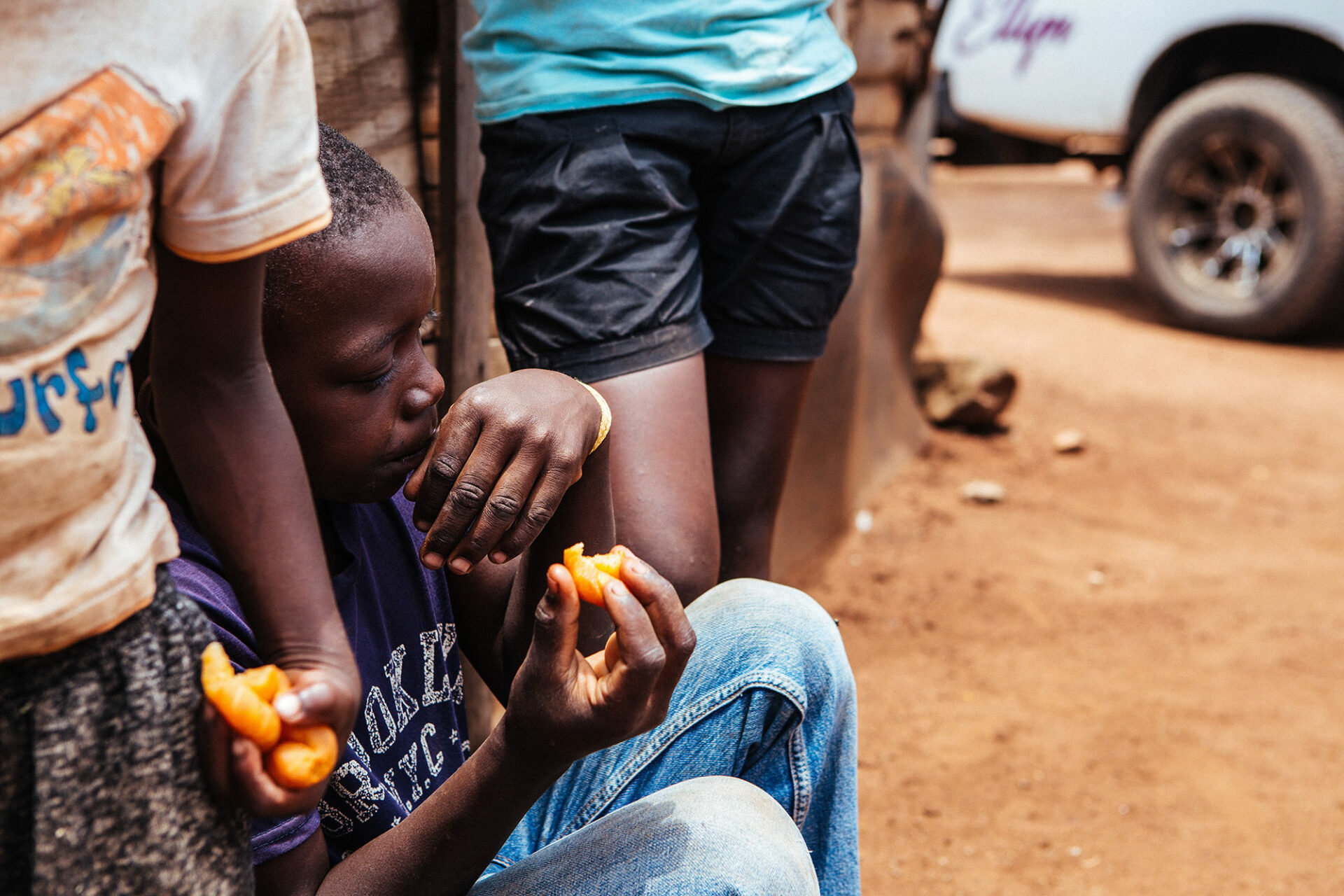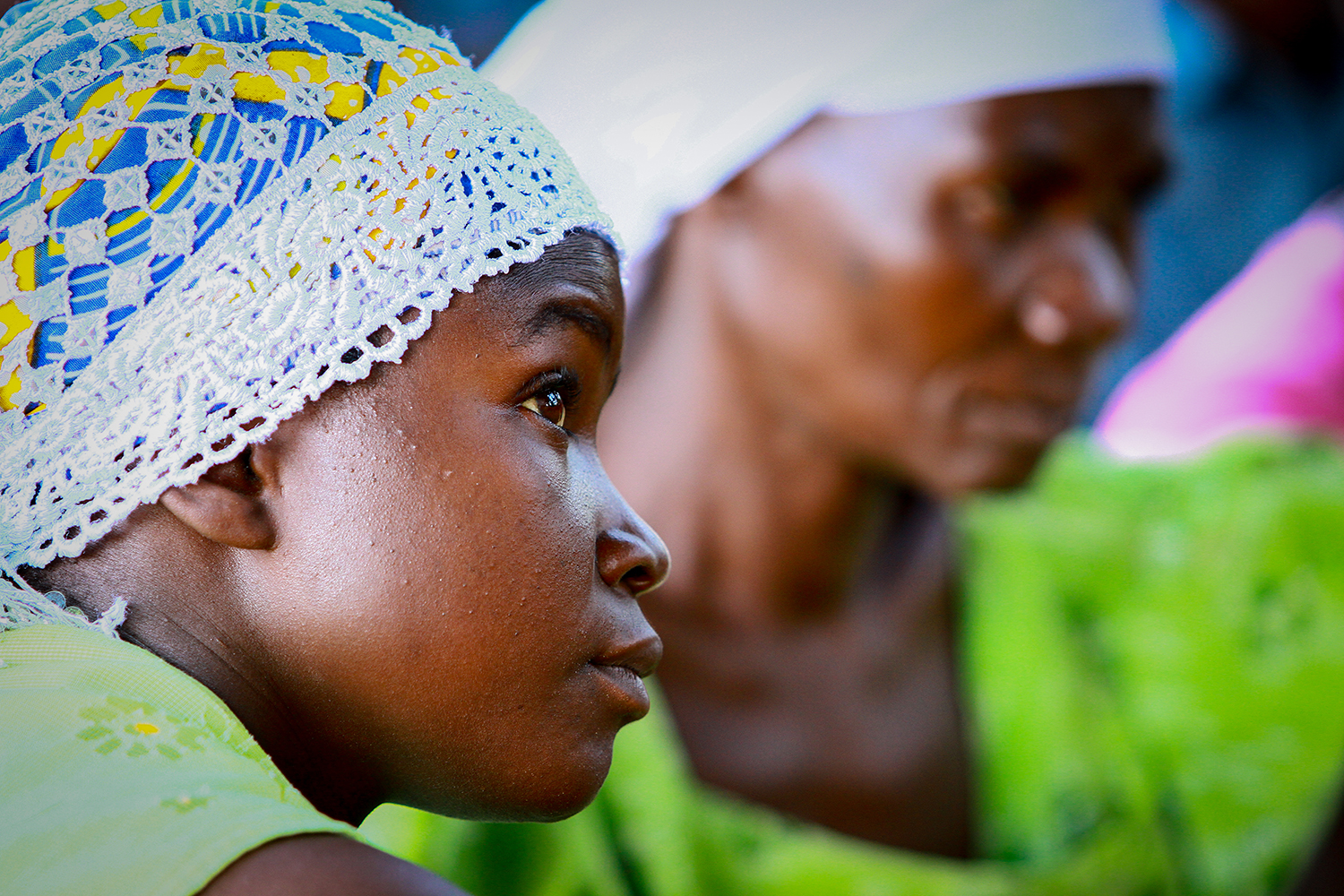Food Rights Alliance
The hunger and food security situation in Uganda
On February 14th, 2019, the Minister of Agriculture; Vincent Bamulangaki Ssempijja, was at Parliament to brief the law makers about the food insecurity situation in the country. In plain language, he said the food situation is bad and could get worse. He described groups of people based on their levels of hunger.

On Feb. 14th, the Minister of Agriculture was at Parliament to brief the law makers about the food insecurity situation in the country.
He described groups of people based on their levels of hunger. There are those that do not have enough food; those who cannot afford to buy food, those living on one meal a day, and those with high levels of malnutrition.
Occasionally, he swung into technical language such as “deteriorating dietary diversity’ to, we guess, describe people who no longer eat the varieties of foods they ate before. Ssempijja said up to 1.6 million people are in need of food relief. That is a 15% jump of the percentage of desperately hungry people in February compared to the 1.3 million people in November last year. It is also 5% of the total Uganda population – a large number.
He named four main cause of the tight food situation in the country. These include; the 2016 La Nina weather phenomenon which caused drought and led to reduced crop and livestock production.
The excessive sale of food which, he said, has resulted into reduced household stocks and high food prices, and finally a resurgence of pests and diseases. “Hon. Members,” he said, “The increasing demand from external markets has induced food price increases, making it difficult for poor households to access food,” he said.
He accordingly proposed a Shs8.5 trillion four-year Strategic Policy Action Plan on Food Security. According to the minister, 30% of this money will be provided by the private sector through Public Private Partnerships (PPAs). The plan involves providing immediate relief to the poorest starving people; implementing short-term interventions with quality agriculture inputs, water for irrigation, pasture, and ironically, markets. In the end Ssempijja said, there is nothing to worry about. “It is clear the country can sustain its food security and exports of food to the region,” he told MPs..
Does Uganda have a food crisis or a food security crisis?
Since Sempijja’s presentation to MPs was not clear, as he started off by saying the country is suffering from a food crisis in all regions and ended by saying there is nothing to worry about, many observers have been asking what he meant. Does Uganda have a food crisis or a food security crisis? Six days after the minister’s presentation, on Feb. 20, we visited one of the biggest cereals and legumes market in the Kisenyi quarter of the capital, Kampala’s Central Business District (CBD).
Learn more about our knowledge management strategies and how we help ending nationwide hunger ›
Business is booming and Kisenyi is a beehive of activity. Men and women dart across the muddy road with sacks of maize and beans on their backs, bicycles, boda-bodas, and even small pick-up trucks.
Business is booming and Kisenyi is a beehive of activity. Men and women dart across the muddy road with sacks of maize and beans on their backs, bicycles, boda-bodas, and even small pick-up trucks. Under big umbrellas, women winnow and sort grains and legumes before young men on standby pack the fine grains and legumes into sacks. Others haul the sacks onto waiting small, medium and large trucks. The trade here is mainly export and the trucks, according to the traders, are headed to Kenya, Rwanda, Burundi, and South Sudan – the same border posts that minister Sempijja named as Busia, Malaba, Mutukula, Katuna, Kyanika/Bunagana, Oraba, and Atiak.
Get the facts on hunger and poverty ›

